US correspondent Thomas May reviews Midori’s performance of the Brahms concerto with the Seattle Symphony under guest conductor Anja Bihlmaier on 23 January 2025.
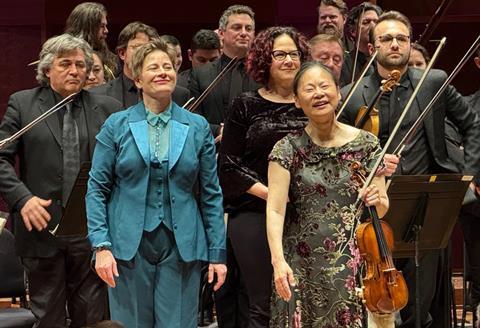
In the more than 15 years since Midori last performed with Seattle Symphony, the orchestra has undergone dramatic transformation, yet the violinist, now 53, returned with the same intense focus and uncompromising artistry that have long defined her career.
Her account of the Brahms Concerto encompassed both grandeur and intimacy. Midori seemed to shun the more comfortable ways of shaping a phrase, driven by a provocatively introspective approach. Indeed, she seemed to be reconsidering this known universe from a new perspective, with an almost analytical sensibility showing little interest in Romantic notions of struggle and individualism – yet with an unsentimental awareness of the lacrimae rerum.
The first movement was unusually broad and expansive, giving Midori ample space for reflection as she sculpted her lines with purpose and luminous clarity. Guest conductor Anja Bihlmaier, making her Seattle Symphony debut with this programme, demonstrated a clear rapport and embraced the violinist’s slow, deliberate pacing. Not that dramatic tension lacked: Midori produced electrifying trills that seemed to kindle the orchestra, as if passing along an animating flame. Her rendering of the Joachim cadenza had the depth and complexity of an interior monologue.
Bihlmaier was an actively engaged partner throughout, supporting and enhancing Midori’s storytelling approach. If the orchestra on occasion overpowered the soloist in the outer movements, Bihlmaier’s nuanced cultivation of textures in the Adagio stood out – as did the poignant espressivo of oboist Mary Lynch VanderKolk.
Rather than a rip-roaring, earthy dance to ground what came before, Midori found complexity in the finale as well. Even here, she undertook several introspective excursions that kept Romantic exuberance at a distance.
For her encore, Midori played the Prelude from Bach’s E major Partita, unfurling the music as a seamlessly lyrical rainbow – a small miracle of rhythmic precision and crystalline clarity.
Bihlmaier also led finely gauged performances of Wagner’s Lohengrin Prelude – marked by beautifully rounded string ensemble – and the orchestral Ballade in A minor composed in 1898 (a year after Brahms’s death) by the precociously talented Samuel Coleridge-Taylor. She made her strongest impression with Schumann’s Symphony No. 4, conducting without a baton. Her deep understanding of the composer’s idiosyncratic transitions allowed Bihlmaier to mould an urgently compelling narrative from the work’s interlinked movements.
THOMAS MAY
Read: ’I’m always looking for something new’ - Midori: In love with music
Read: Midori: Active Listener
Read: ’He taught me how to stand up for what I believed in’ – Midori remembers Isaac Stern
The number one source for playing and teaching books, guides, CDs, calendars and back issues of the magazine.
In The Best of Technique you’ll discover the top playing tips of the world’s leading string players and teachers. It’s packed full of exercises for students, plus examples from the standard repertoire to show you how to integrate the technique into your playing.
The Strad’s Masterclass series brings together the finest string players with some of the greatest string works ever written. Always one of our most popular sections, Masterclass has been an invaluable aid to aspiring soloists, chamber musicians and string teachers since the 1990s.
The Canada Council of the Arts’ Musical Instrument Bank is 40 years old in 2025. This year’s calendar celebrates some its treasures, including four instruments by Antonio Stradivari and priceless works by Montagnana, Gagliano, Pressenda and David Tecchler.



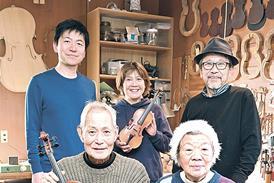
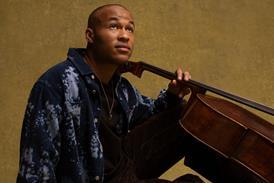

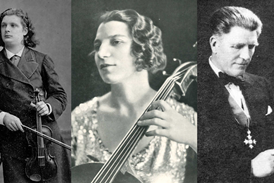


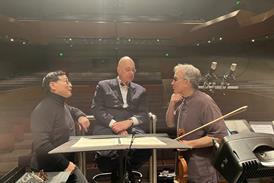

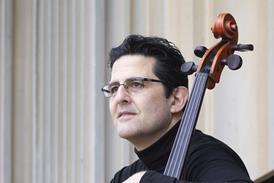
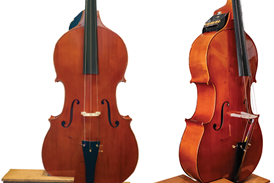
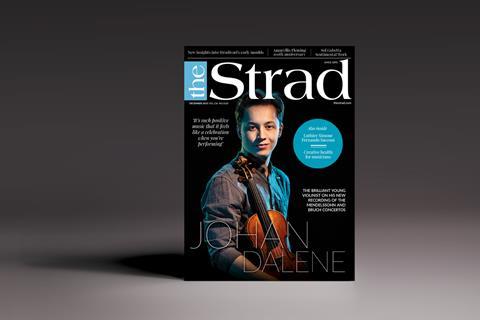
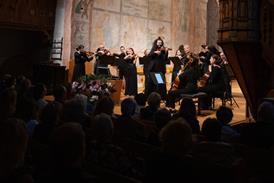

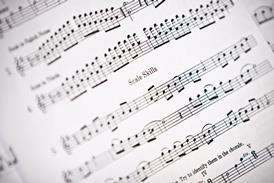
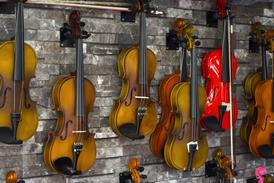

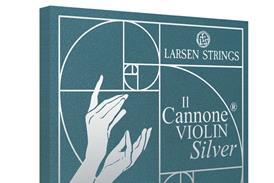

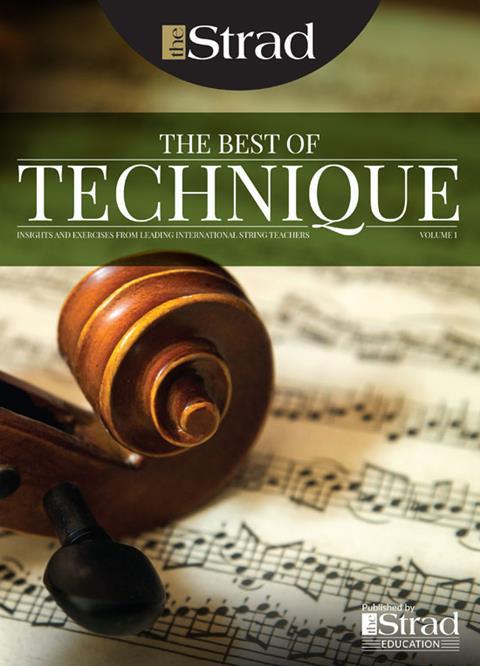
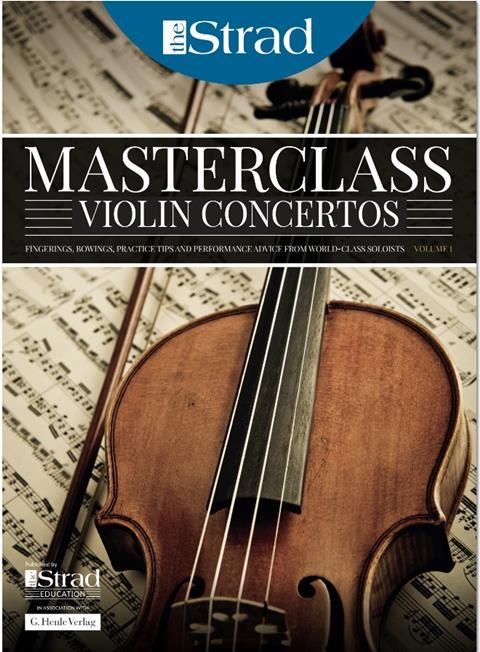
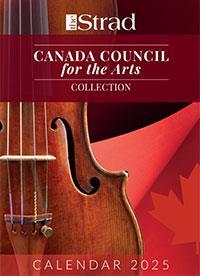
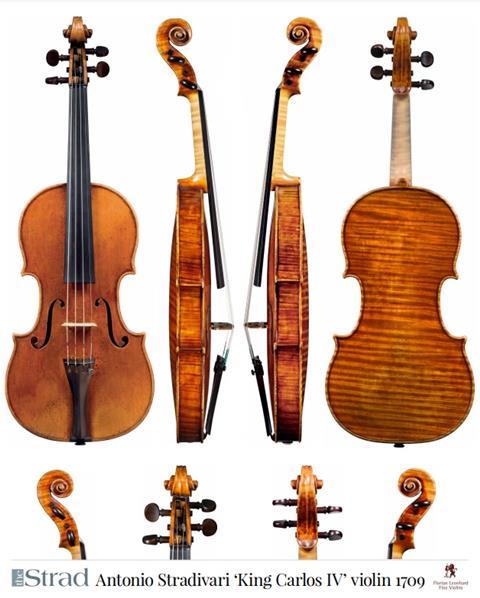
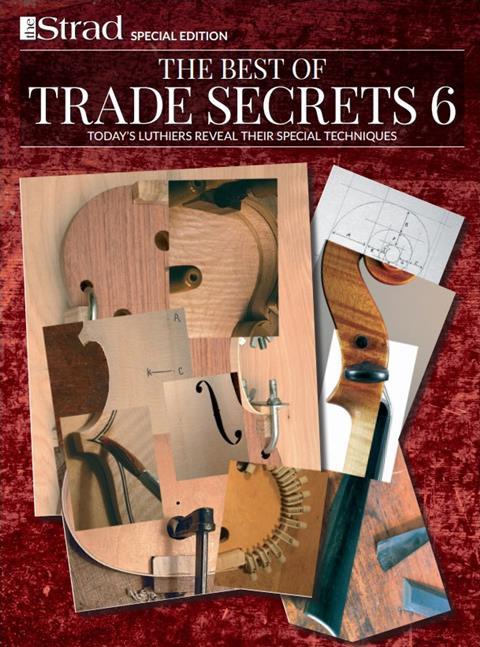
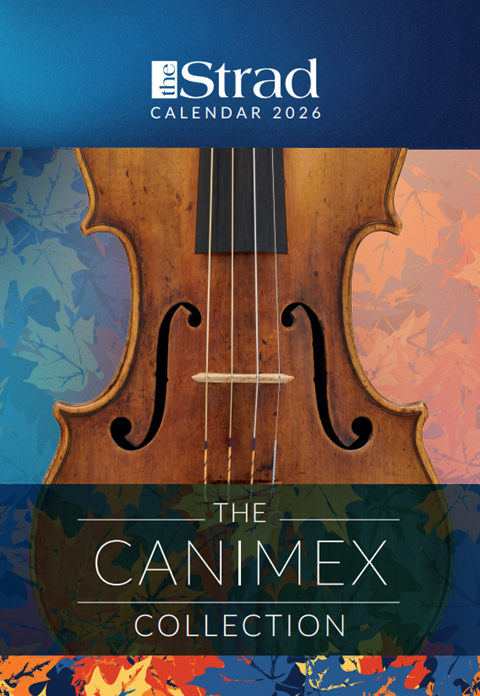
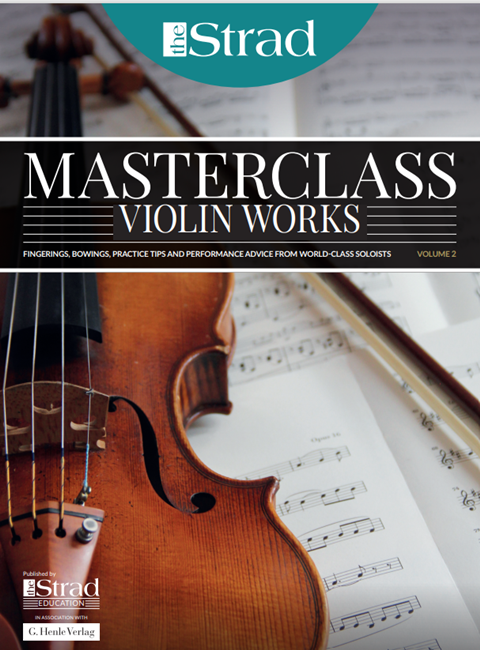
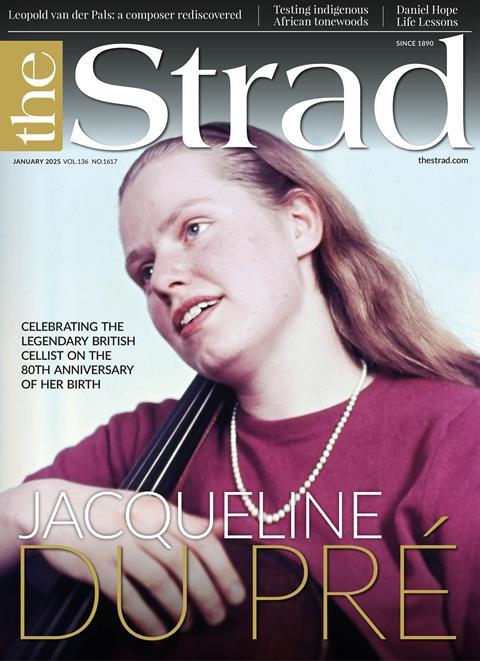
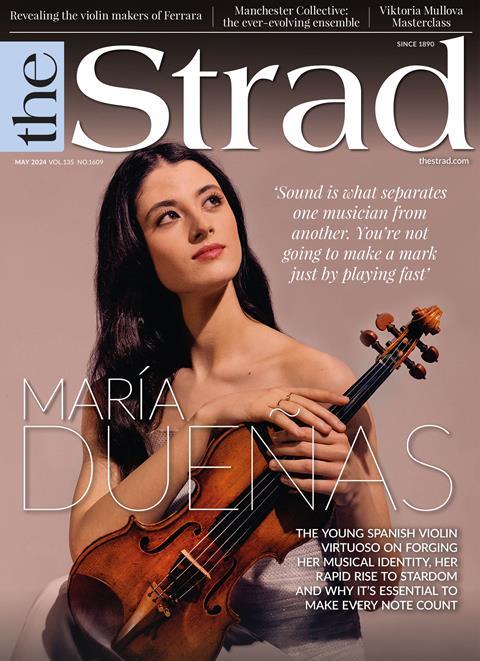
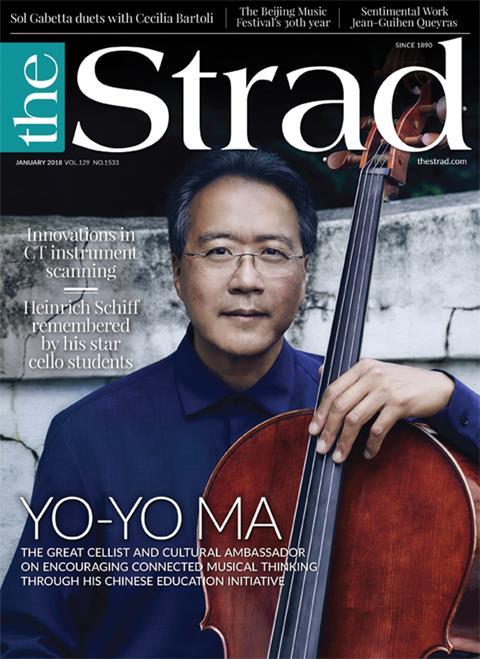












No comments yet